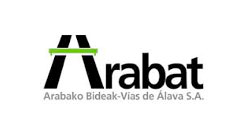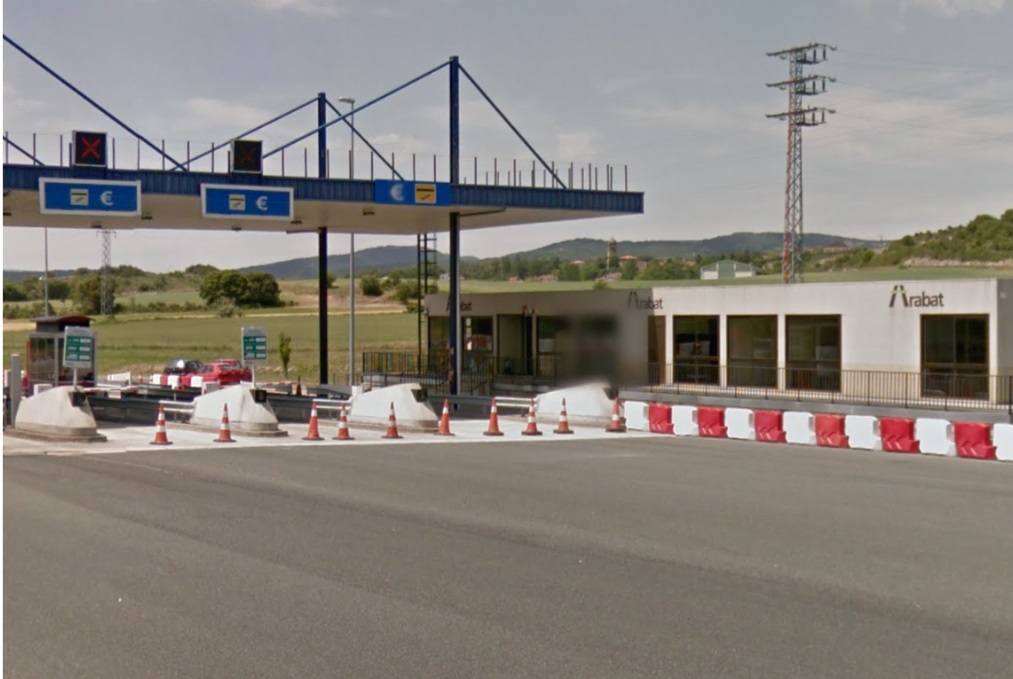Demand study on AP-1
Client

Arabako Bideak-Vías de Álava, S.A., Arabat, is a company within the Department of Public Works and Transport of the Provincial Council of Álava, whose purpose is the conservation, maintenance, operation and safety of the Vitoria-Gasteiz-Eibar motorway in the stretch that runs through the Historic Province of Álava.
Project
The purpose of this study was to analyse the planned evolution of the demand of vehicles on the AP-1 as it passes through the stretch of the province of Álava.
Objectives
Find out the evolution of mobility on this stretch of the AP-1 in order to estimate the evolution of income and the link that this evolution has with different socioeconomic variables.
Work carried out
Problem
Find out demand on the AP-1 in the coming years taking into account the planned modifications to the network.
Demand on the AP-1 has gradually consolidated since its opening in 2009, although in 2012 it was affected by the economic crisis, whose negative consequences on activity always result in a withdrawal of mobility. From 2013 on, there was a recovery in traffic levels, a symptom of leaving the crisis behind.
Solution
Generate a specific model of demand for Arabat that takes into account the evolution of all the factors that will have an influence on demand: new toll roads, new roads…
In order to analyse this infrastructural modification, the following steps were followed:
- Analysis of current traffic.
- Estimation of the growth of mobility in each time scenario analysed.
- Evolution of the average daily traffic intensity in different periods.
All of the analysis was carried out using the prognosis model for mobility and traffic assignment developed by INGARTEK.
Tools
INGARTEK has the roads network modelled using EMME assignment software. It was used to calculate the distribution of flows throughout the road networks of the Basque Country, which enabled us to find out the distribution of traffic.
In order to characterise the current users of the Ap-1 and N1, a series of surveys were carried out, which were also used in order to identify feelings towards the tolling of heavy vehicles.
Benefits
- Anticipation of the effects
- Forecasting of revenue in different scenarios
- Forecasting of the behaviour of demand
- Price sensitivity of users
- Characterisation of traffic
Gallery of project images


